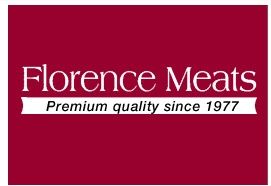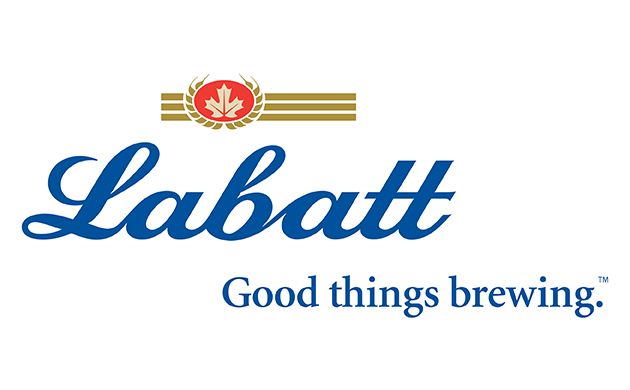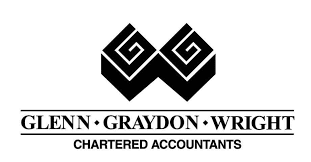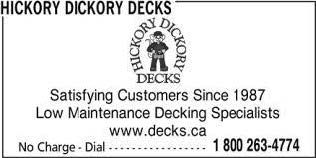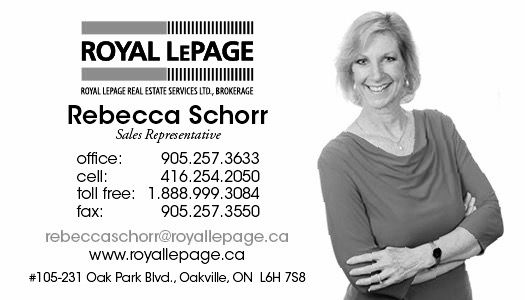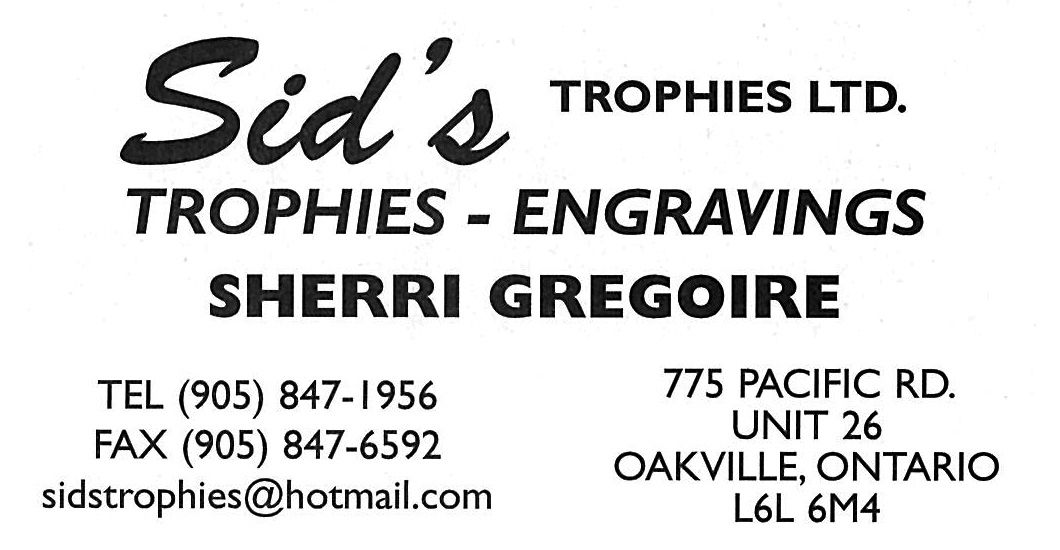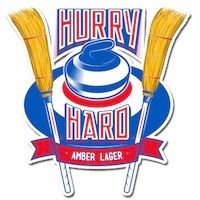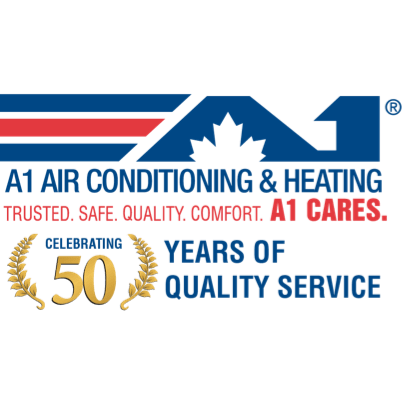Reprinted from:
The Oakville Curling Club: An Illustrated History Commemorating the First 35 Years - 1954 - 1989
Researched & Written by J.S. (Jack) Wyndham.
Back in the month of November, 1953, around a Rotary Club Luncheon table, Gordon Perdue, Ned Farley and Ed Barringham were discussing current events in their hometown, Oakville.
Ned reminisced about a remark Gordon had made sometime previously, “that Oakville should have a curling club” and suggested that something should be done about it. Happily they agreed to look into it at once.
The Original Three
They had little idea then of the surprises ahead of them, but it is fair to say that fate was on their side. Population of Oakville was approximately 6,500; most of them long-term residents; but quite a number of recent arrivals who had been attracted by the new automotive plant and other industry. The town was being roused out of its lethargy; having grown by only 1,700 in the 30 years up until 1951; then adding another 1,500 in three years, it was “bursting at the seams”.It was in this atmosphere that Ed, Ned and Gordon stepped in to promote their dream of a curling club. In addition to searching for a property, they had to campaign for prospective members.
A small committee of 10 was formed in 1953.As a member of the original committee that was charged with the task of enlisted 250 members, (considered the minimum required to establish a club) Ross Blaikie, one of the first directors, remembers that Oakville people had drifted out of playing badminton to quite a degree. "There was no squash and little public skating and the winters were long; and everyone wanted more exercise and to have it in good company. Our membership committee started work, he said, on the concept of each new member being commissioned to get several friends to join with him or her, and we had 250 in no time at all."
First Membership Drive - A Recollection
A light-hearted recollection by Bill Armstrong of his contribution to this membership drive was that he was getting ready to retire one evening when the telephone rang. It was Gordon Perdue, and, apologizing for the lateness of the hour, Gordon said he had decided as a last ditch stand to phone several men in town with this request: Each one was to invite eight people they knew to their home and ask them to financially support the purchase of the old skating rink. Each of these recruits would be asked to contribute one hundred dollars. If the campaign was not successful, he said, the three men would give up the idea of a curling club once and for all.“So with little enthusiasm, the next evening eight of my friends were contacted and a date set,” Bill wrote. “I did not tell them the reason for the meeting. In preparation, a goodly supply of liquor was brought in. As soon as each guest arrived, he was served a generous drink. The talk was general for awhile and before we got down to the business of the meeting, another substantial drink was served. By the time the subject of the curling club was introduced, the guest didn’t really know what we were talking about and couldn’t have cared less. To make a long story short, they all wrote out cheques for their hundred dollars. True I felt guilt-stricken, but I had put myself in strong with Gordon and Ned.”“One or two weeks went by, when, out of the blue, the phone range one night and it was Gordon. Bill, he said, the campaign has gone over the top! The thought immediately stuck me that I had probably lost eight friends. But their cheques would be returned in due course, I reasoned, as the campaign wouldn’t succeed! But it did.” “Whenever I go into the the club now, Bill concluded, I look up at the portraits of the original three and quietly thank them. I wish I had been more voluble in that thanks when they were alive.”
Formation of the Club
Their first idea had been to build a new building beside the Oakville Arena in the western part of town and use the ice-making plant already installed there. However they learned early on of the difficulties with the ice there, due to a quick-sand base, which eliminated that prospect. An alternative then presented itself: “Why not renovate the venerable Victoria Park Skating & Hockey Rink in what is now known as Wallace Park, and make it into a modern curling rink?”
So they arranged with a Mr. Powell, who had planned the Brantford Curling Rink, and was the contractor who built it, to come and examine and assess the old skating rink. After a very thorough examination, he pronounced the building structurally sound and the size very suitable for installing up to seven sheets of curling ice. Mr. Heppel of Preston, who had built several curling rinks, was brought in to provide a second opinion. He claimed the building was indeed structurally sound and could be re-modelled into a curling rink for approximately $80,000. Borings were made at many places throughout the former ice area to ensure the base was sound and had no quicksand and that the underground water level was satisfactory. Every test proved excellent.
Ed, Ned and Gord met frequently thereafter for discussions and planning. They talked with members of the Oakville parks Board and got assurance of their co-operation. They also visited most of the curling rinks in th region between Guelph and Oshawa, Peterborough and London, gleaning valuable insight into the various bases for curling ice and the various kinds of ice-making equipment, its reliability and costs.On December 3, 1953, a number of the men who had shown their interest in the project, were invited to meet in Ned Farley’s office (at Langmuir Paints). There, Ed, Ned and Gordon told them of their plans and the information they had obtained.Gordon chaired the meeting which went on for several hours, and at the end, the original three were asked to carry on with negotiations with the Town Parks Board.So the two parties met on December 7, 1953, and after discussion agreed that a rental of $250 per month seemed mutually satisfactory. The biggest obstacle now was that the Parks Board was using the building to shelter town machinery and equipment, the various athletic teams used the dressing rooms during the playing season. The Parks Board estimated it would require $5,500 to substitute other dressing rooms for the ball players and provide another building to house its own equipment. The Board agreed to try to get the money from the newly-elected Town Council.
The First Option to Lease
Realizing that a delay would be a serious obstacle that could very possibly destroy the current enthusiasm, the Committee of Three got their heads together and composed a 90-day Option for a lease which they prseented to the Parks Board on January 4, 1954. If the curling group took up the Option before the expiration of the 90-days they were to pay the Parks Board $5,500 for a lease of the building and some adjoining land for 25 years, subject to various other conditions outlined in the Option. On January 25, 1954, the Committee received a letter from the Parks Board granting the Option.A meeting of the volunteer shareholders of the fledgling club was called on March 15, 1954. The following were elected as a provisional Board of Directors: William Armstrong, Albert Baker, Ed Barringham, Ross Blaikie, John Cheney, Leonard Cornwall, Ned Farley, Thomas Giles, Kenneth Grant, Manford Kerr, Lloyd Lunau, Thomas Marshall, Gorman McConvry, Gordon Perdue and Harold Rickaby. These Directors elected Gordon Perdue as Chairman and Ross Blaikie was named Secretary.
Club’s Charter Granted
It was decided to finance the club project by getting three hundred men to buy five shares of stock each at $50.00 per share. Ed Barringham was appointed Chairman of Finance and Ned Farley became Chairman of the Membership Committee.
The Secretary was instructed to apply for a provincial Charter and this was granted to the Club on March 12, 1954. One of the next orders of business was ordering 50 pairs of curling rocks and this was arranged through Hubert Chisholm, a former resident of Oakville, and an enthusiastic curler.
In those days, when “promotion” was a rare commodity, Ned Farley took hold of his membership responsibility by organizing a party of some 30 Oakvillites to visit the Brantford Curling Club to familiarize them with the “roaring game”. The aforementioned Mr. Powell and the members of the Brantford Club were very hospitable and encouraged enthusiasm in the visiting group.
They loaned warm sweaters, caps, boots and brooms and took them on the ice for their first lesson in curling.
Enthusiasm Grew Rapidly
The result was that each visitor became a salesman for the club in Oakville. A meeting was arranged in Victoria Hall, with Mr. R.G.L. Harstone of Hamilton Thistles and Past President of the Ontario Curling Association (OCA) as the Guest Speaker. Films of the MacDonald Brier were shown. Enthusiasm was increasing and the stock was selling very readily.
On the night of March 29, 1954, a meeting of the Shareholders was held in the Pine Room of the “new” Oakville Arena. Although it was the stormiest night of that winter, there was a full attendance of shareowners who brought along many of their friends. Ned Farley announced that the Club had signed up 236 men members, 194 of their wives and 11 single ladies. The Treasurer reported satisfactory arrangements had been made with the Bank of Montreal and the Club had assembled working capital of $88,950. He recommended proceeding immediately with the plans for the Curling Club.
Tenders Called for New Ice Making Plant
Directors were elected for the year 1954-1955 and were authorized to take up the option and lease the Victoria Park Rink and to engage an architect to draw up the necessary renovations. Mr. Bruce Etherington was chosen and signed on May 5, 1954, and he quickly set about to prepare the plans and specifications to the satisfaction of the Board of Directors. The lease with the Parks Board was completed on June 17.
Tenders were called and F.S. Milligan and Company Limited was awarded the contract for alterations to the Victoria Park Arena on August 10: while J.H. Lock and Sons won the contract to install the first ice plant at the same time. The work commenced immediately and progressed rapidly.
Foundation walls and supporting posts of the building were repaired and braced and all inside partitions were removed including the original dressing rooms and balcony at the west end of the rink.
The outside walls were re-sheeted with vertical boards and the inside walls were brightened by lining them with insulating board.
The First of Several Building Renovations
An attractive entrance and clerestory windows were installed at the Allan Street end of the rink. Framework for a new viewing “Lounge” was built inside the entrance with a wide stairway leading up to the middle of it. Another short stair led down to the lower level which contained locker rooms and washrooms. A new side entrance (now an emergency fire door) was added alter, leading to the ice level and to the compressor room and ladies’ locker room.
Twenty-two inches depth of soil was excavated over the whole ice area inside and refilled with various sizes of crushed stone packed down and rolled level. This formed the original base for steel headers and freezing pipes under the ice, infilled with sand and gravel.
Stock in the club had been selling readily during the summer and early fall and stockholders were frequent visitors with helpful suggestions. Many thought the lounge and a kitchen should be gone ahead with. At an exceptionally well-attended shareholders’ meeting on October 14, Ned Farley reported wonderful enthusiasm and was optimistic that the objective of 275 members would be reached and possibly exceeded.
Decisions, Decisions!
Pleased with the financial situation, the Chairman explained that this meeting had been called to discuss whether or not to complete the kitchen and lounge at an additional estimated cost of $25,000. The shareholders unanimously authorized the directors to proceed with the job.
The contractor was very cooperative. Although the large sheets of glass to be installed overlooking the ice, were broken in transit, the construction and alterations were all completed on December 1, 1954. The ice making plant was put to work and the Grand Opening was set for December 10, 1954.
First “Rocks” Obtained
Those last few days and evenings were very busy ones for the executive and directors. The ices 1 to 6 were spray painted with red, white and blue circles. Side lines, hog lines, tee lines and centre lines were marked in time for the first draws.
The curling rocks ordered almost a year previously, arrived the day before the opening. They had to be uncrated, cleaned and handles attached in a hurry. At the same time the movers were bringing in the heavy low-slung chesterfields and chairs and members had already started filing in when all the work was finally finished on the Lounge.
Veteran residents of the district had a real surprise when they entered the building that used to house their Oakville hockey teams and where many of them had pleasure skated in the years gone by.
Its transformation into a modern curling club had actually happened.
Opening Day – December 10, 1954
The new club was officially opened by Mayor Lachlan McArthur of Oakville and to get off on the right foot, Victor Vallance, Vice-President of the OCA, presented Thistle Club pins to the club’s feminine executive. When the niceties were all completed, members swarmed out onto the ice to test their balance and all sheets were kept going until after 11pm. The next day was “Open House” for any and all interested citizens.
A sequel and matter of pride to the club was the award in 1955 of the Oakville Lions Club “Citizen of the year” designation to the curling club through Gordon Perdue, its’ first President. In presenting the illuminated scroll (which graces the club premises) Lions counsellor, Dr. F.M. Deans, also particularly lauded Ed Barringham and Ned Farley for the “early organizational work that eventually set the first stones in motion.” Formation of the curling club was one of the best things to happen in the town, he said, in that it had broken down social barriers and would provide healthy recreation for a great many residents.
Years later, the truth of his words have been amply demonstrated and can be attested by literally thousands of alumni and members.
Membership
The first report of memberships in October, 1954, stated that 269 men had signed up and 211 ladies, for a total of 480 applications. By February of 1955 the numbers had grown to 296 men and 267 ladies, an increase of 83. At the end of the first year, the ladies section had grown to 270 members, believed to be the largest ladies’ membership at the time, of any curling club in Canada.



